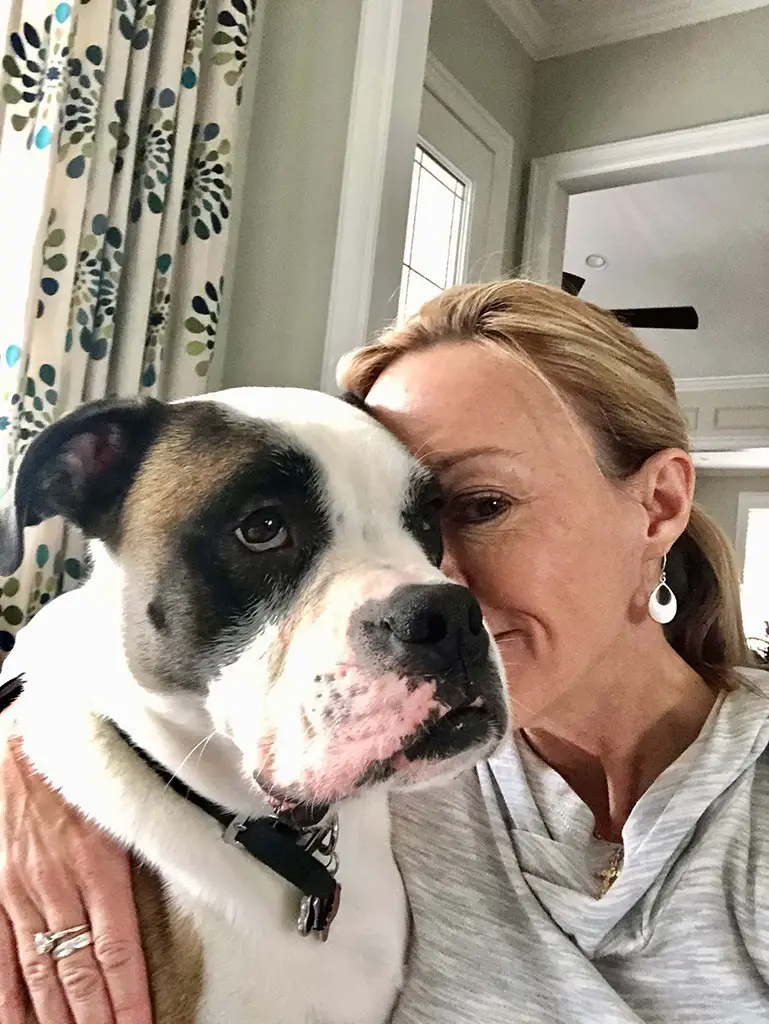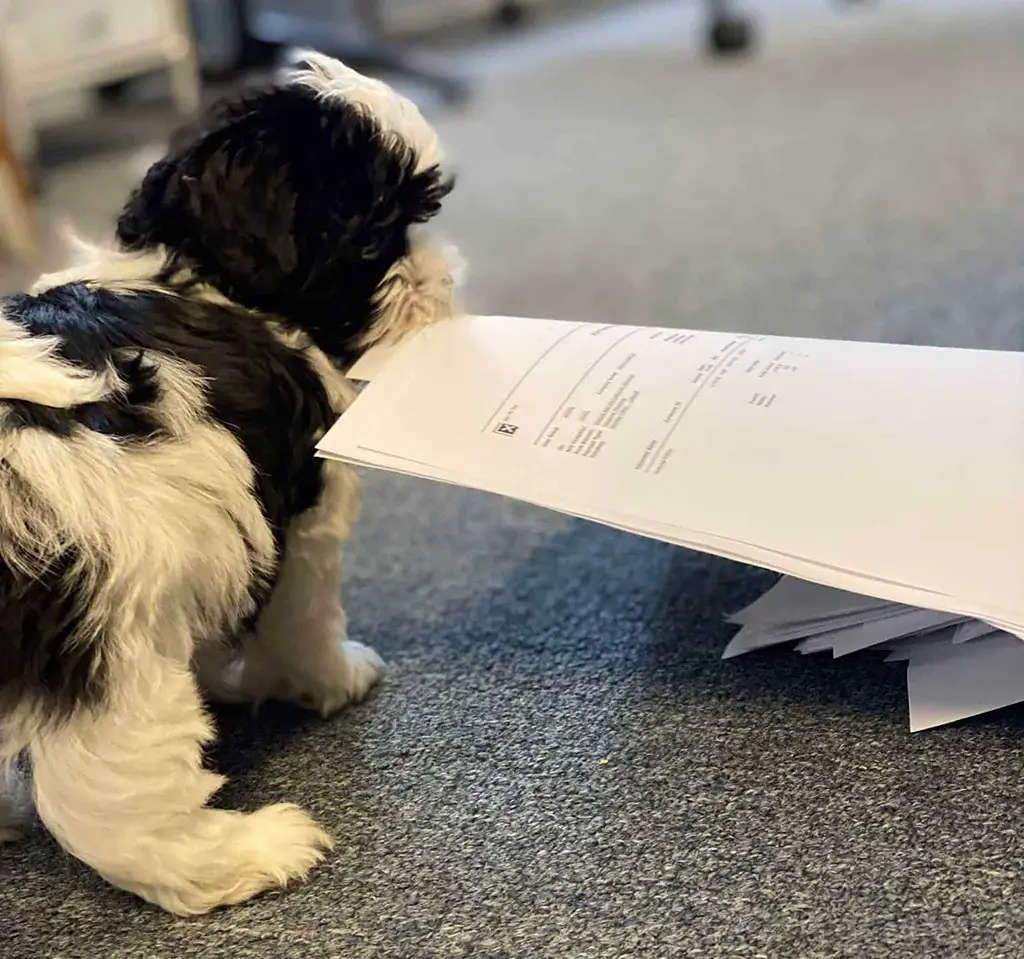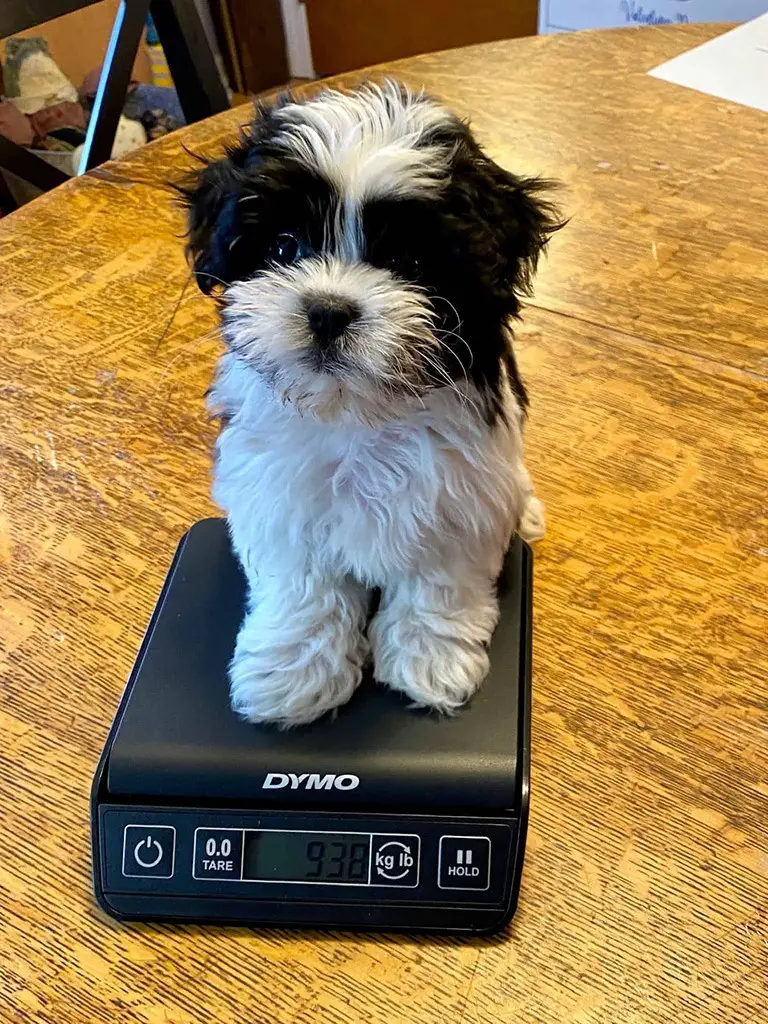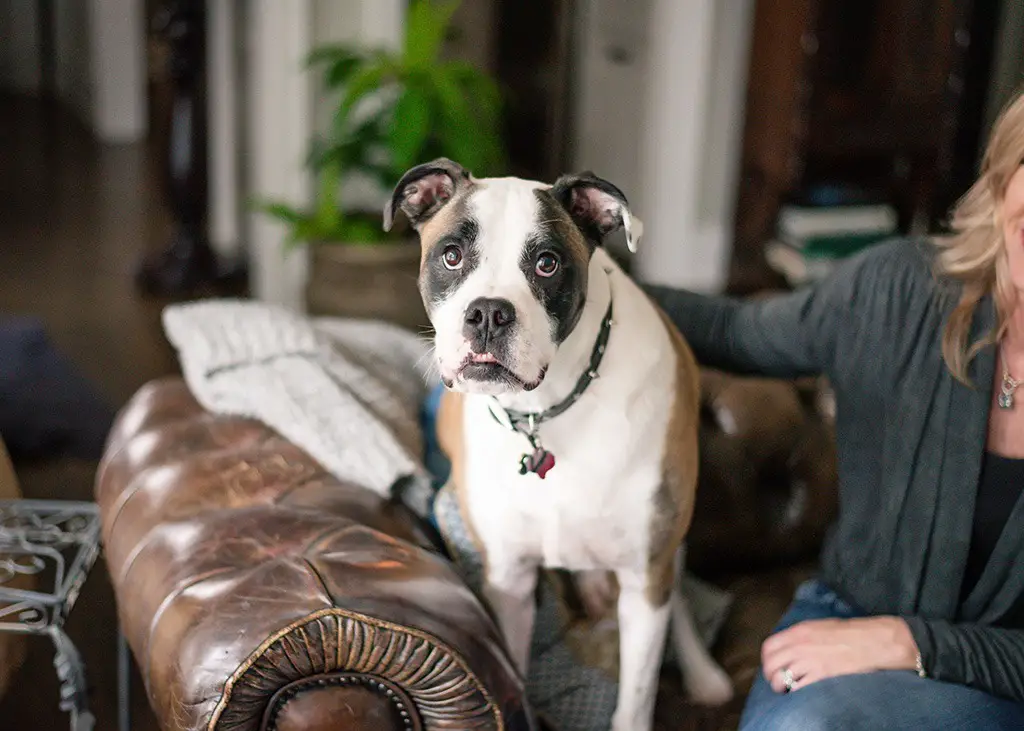I might be the only one excited to have my tweenager home for the next several weeks, but aside from that category of crazy, there is one other group of family members nationwide who are unequivocally STOKED about social distancing.
It’s your pets.
Your family is the most important thing to your pets. You are their pack, and having their whole pack, intact, for the next few weeks will be the best gift you can give them. Imagine all the meals you’ll have at home, all the impromptu belly rubs, all the bored kids who now have time and interest in playing fetch… Pets will be slightly confused at the change of routine, but happily appreciate the added attention.

Pets are good for you, especially during a pandemic.
Another bonus? It’s been scientifically proven that pets help reduce stress, anxiety and depression. This is especially true with the elderly for whom having a pet can combat feelings of isolation and improve both physical and mental health. The world breaking due to a pandemic is pretty stressful if you ask me so LOVE on those pets people! In fact, if you don’t have a dog or cat and have been considering adding one to your family, there’s no better time than now to adopt and spend quality time helping them settle into their new environment!
(Also, they are willing to help with office duties.)

How to “socially-distance” with your fur family
Below you’ll find 8 helpful tips as you are spending so much time at home with the fur family. I collaborated with my friends at Bent Tree Animal Hospital (BTAH) to offer advice for this new normal.
While humans are focused on social distancing, it doesn’t mean you can’t go for walks. In fact, you should walk with your pets while maintaining the recommendations for social distancing. Maintain a 6-foot distance from anyone you encounter, but also, refrain from others petting your dog and vice versa. Like many surfaces, dogs could carry the CoVID19 germs on their fur so best to not have others hug on your adorable dog for a while.
The American Veterinary Medical Association (AVMA) notes that there is currently no evidence that pets can spread COVID-19 to other animals, including people.
Your kids are bored and your pets are eager for attention. That’s the perfect combination for them to homeschool your dog! (Good luck with your cat…) Many breeds of dogs are very happy to learn new tricks when additional praise and treats are involved. There’s a sense of accomplishment for kids when they can help their four-legged sibling learn something new. Search up some YouTube videos to help them get started.Pro tip from BTAH: Consider breaking treats into multiple pieces or using kibble if your pet is treat-motivated. We want to encourage positive behavior without a bunch of extra calories!
All that extra attention means that you are disrupting your pets’ routine. If older pets are accustomed to alone time during the day to rest, be cognizant if your young kids are wearing them out. That can lead to stress, and the potential for your animals to establish boundaries in unexpected ways like a growl or a nip.Pro Tip from BTAH: We recommend having a “safe space” in your home for your pet. This is a place where your pet can go and not be bothered. It may be a room, an open crate or a bed. Teach both your pet and kids that the space is reserved for your pet to have “alone time”.
BTAH wants to remind you that many treats your kids love are not safe for your pet. Find a list and video to share with your kids here, but if you were wondering, the Oreos are definitely just for humans. However, having safe treats available for your child to share with their pet makes both of them very happy!
Stocking up on pet supplies. Thankfully, you won’t have to share that precious toilet paper you’ve been hoarding, however, do not forget your pets when preparing for a potential self-quarantine situation. The American Veterinary Medical Association (AVMA) recommends that you have at least two weeks’ worth of your pet’s food and any needed medications in case you can’t leave your home.
Should you come down with COVID-19, the AVMA has this recommendation, “Although there have not been reports of pets becoming sick with COVID-19, out of an abundance of caution, it is recommended that those ill with COVID-19 limit contact with animals until more information is known about the virus. If you are ill with COVID-19, be sure to tell your physician and public health official that you have a pet or other animal in your home. Have another member of your household take care of walking, feeding, and playing with your pet. If you have a service animal or you must care for your pet, then wear a face mask; don’t share food, kiss, or hug them; and wash your hands before and after any contact with your pet or service animal. You should not share dishes, drinking glasses, cups, eating utensils, towels, or bedding with other people or pets in your home. Additional guidance on managing pets in homes where people are sick with COVID-19 is available from the CDC.”
Another thing to consider in these strange times, is what would happen if you were traveling without your pet. What are the chances of you getting lockdown far away from your furbaby and do you need to have a friend on standby, ready to step in to pet-sit? Traveling with your pet may be even more complicated. Luckily Million Mile Secrets have put together a good guide to Traveling with a Pet During Covid.
And lastly, please remember when it’s time to return to work, school, sports practices, your pets will miss you terribly. Whatever your new normal is, be cautious not to stop with the attention cold turkey. Doing so may lead to behavior issues (there goes your new couch) for attention. If you are incorporating daily walks in your dog’s routine, do your best to continue that once life returns to normal. I think you’ll find that you will miss it too!





0 Comments